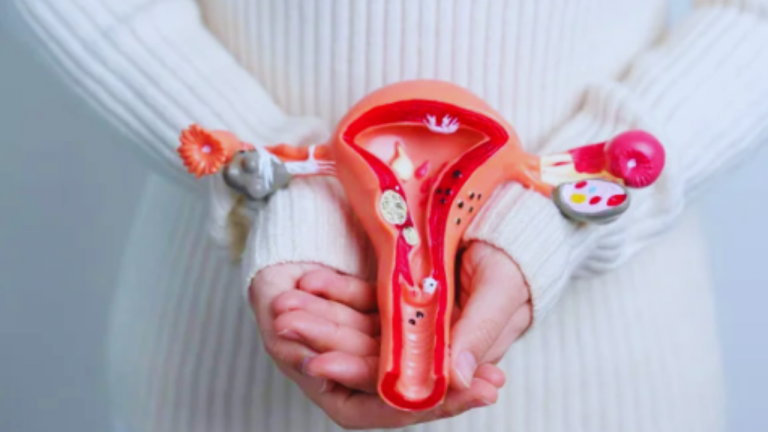Phases of Menstruation

The menstrual cycle can be divided into four phases:
Menstrual Phase: This phase begins on the first day of bleeding and lasts for 3-7 days. During this time, the uterus sheds its lining, which results in menstrual bleeding.
Follicular Phase: This phase begins on the first day of menstruation and lasts for about 7-10 days. During this phase, the pituitary gland in the brain releases follicle-stimulating hormone (FSH), which stimulates the ovaries to produce estrogen. This increase in estrogen causes the lining of the uterus to thicken in preparation for a potential pregnancy.
Ovulatory Phase: This phase typically occurs around day 14 of a 28-day cycle. During this phase, a surge of luteinizing hormone (LH) from the pituitary gland triggers the release of an egg from the ovary (ovulation). This is the most fertile phase of the menstrual cycle.
Luteal Phase: This phase begins after ovulation and lasts for about 14 days. During this phase, the empty follicle in the ovary (now called the corpus luteum) releases progesterone, which further thickens the lining of the uterus in preparation for pregnancy. If pregnancy does not occur, the corpus luteum breaks down, hormone levels drop, and the menstrual cycle starts again with the menstrual phase.



